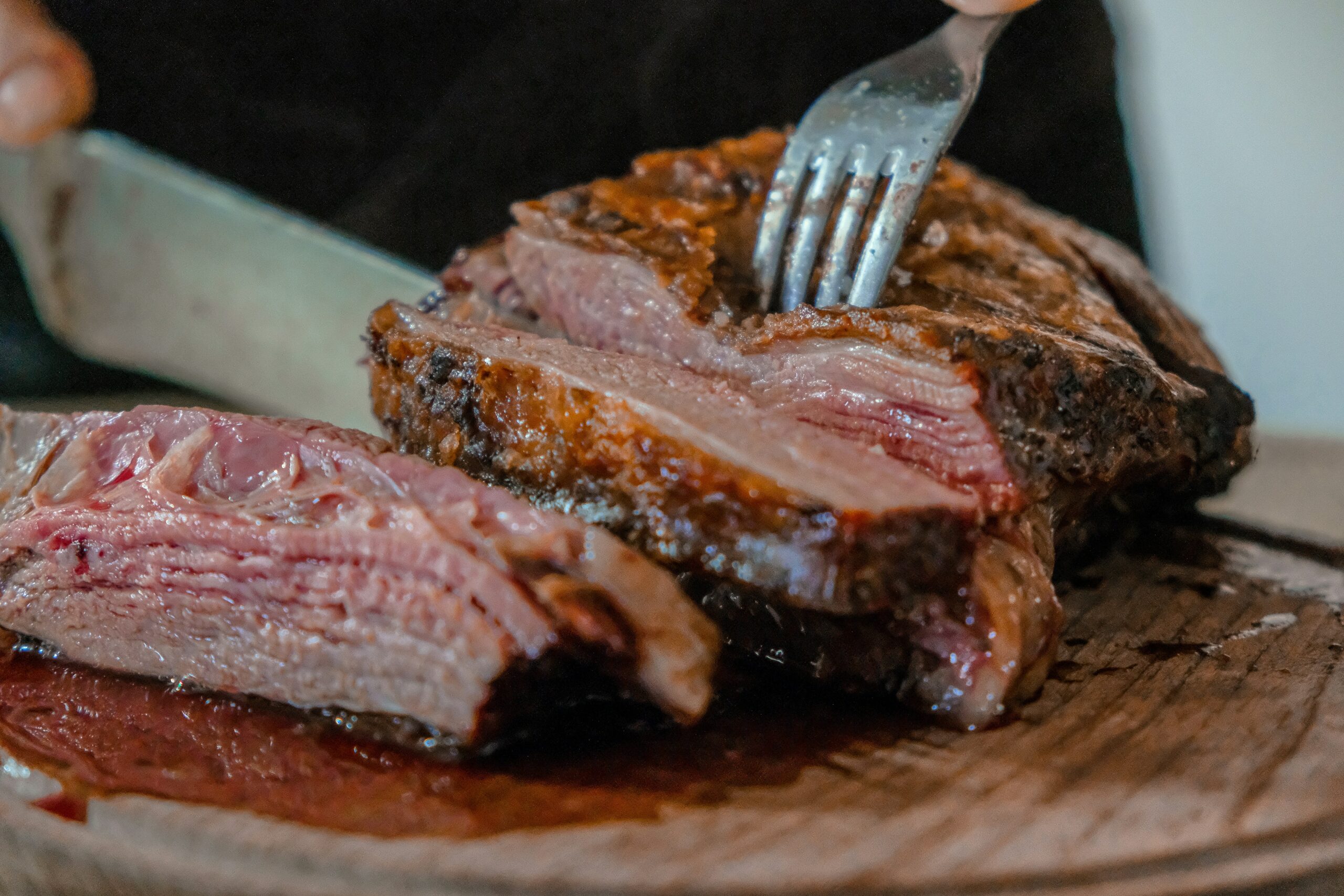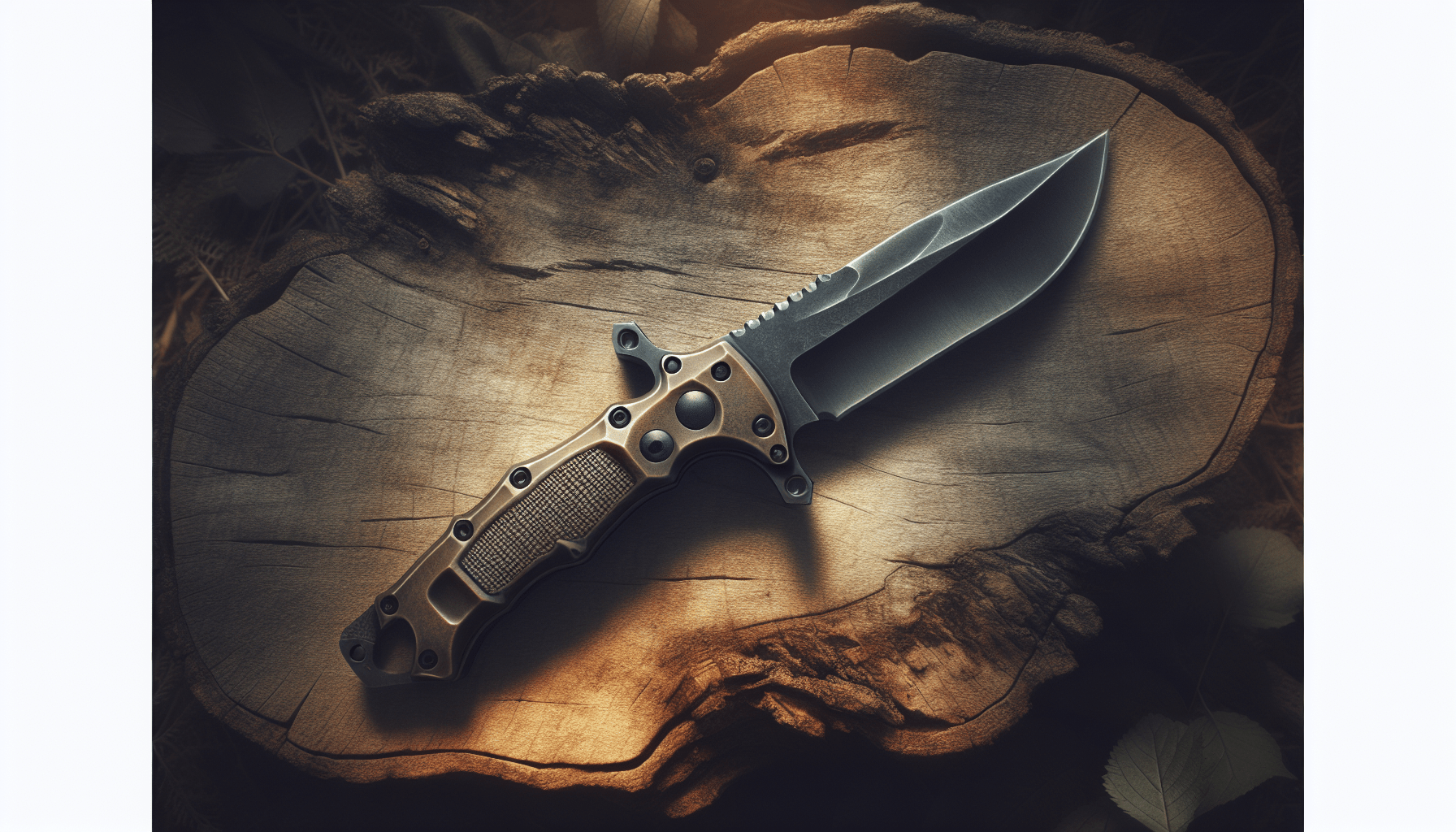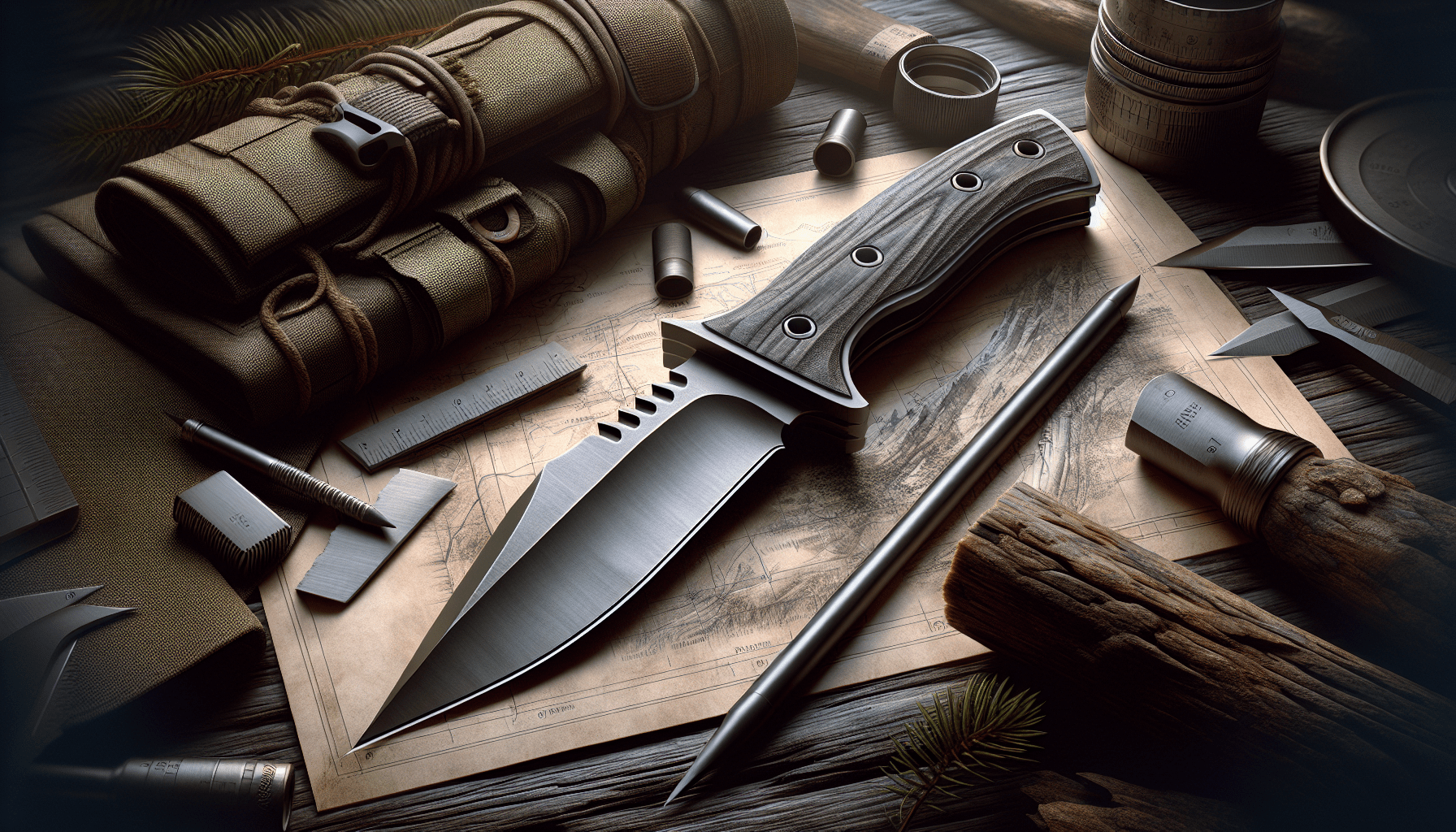You’re about to dive into the essential guide for choosing the perfect blade length for your survival knife. “What Blade Length Is Best For A Survival Knife?” covers everything you need to know to make an informed decision. We’ll explore the pros and cons of different blade lengths, helping you find the one that’s just right for your adventures, whether you’re carving tent stakes or preparing food in the wild. By the end of this article, you’ll feel confident and ready to select the ideal knife that will serve you efficiently in any survival situation. Have you ever wondered what blade length is best for a survival knife? Choosing the right blade length for your survival needs can be more complicated than it seems. A well-chosen knife can be your best friend in a survival situation, while the wrong one can turn even the simplest tasks into challenges. Let’s dive into the nitty-gritty to help you make the right decision.

Why Blade Length Matters
When you’re in a survival situation, your knife is an essential tool. It’s not just about having a sharp blade; the length of that blade can make a world of difference in its functionality. A knife too short might not be able to handle heavy-duty tasks, while a knife too long can be cumbersome and hard to control.
Versatility
A survival knife needs to be versatile. It should be capable of handling fine tasks like carving traps and skinning animals, as well as heavier tasks like chopping wood and even self-defense. The blade length plays a crucial role in determining how versatile your knife can be.
The Ideal Blade Length: Factors to Consider
The best blade length isn’t just a number; it’s a blend of your specific needs, the environment, and what you’ll be using the knife for the most. Here are some factors you should consider:
Task at Hand
Think about the tasks you’ll need the survival knife for. Here is a general idea of how blade length affects various tasks:
| Task | Ideal Blade Length |
|---|---|
| Carving/Precision Tasks | 3-4 inches |
| General Utility Tasks | 4-6 inches |
| Heavy-Duty Tasks | 6-8 inches |
| Self-Defense | 4-7 inches |
- Carving/Precision Tasks: Shorter blades offer greater control.
- General Utility Tasks: A mid-length blade tends to be more adaptable.
- Heavy-Duty Tasks: Longer blades provide the necessary leverage and reach.
- Self-Defense: A mid-length to longer blade gives you better reach without sacrificing control.
Weight and Maneuverability
The longer and thicker the blade, the heavier it will generally be. You want a knife that strikes a balance between being robust enough for tough tasks and light enough for precise control. A blade length of 4 to 6 inches often strikes this balance well.
Local Environment
Your surroundings will heavily influence your needs. In a wooded area, tasks might include chopping wood for shelter or fire. However, in an open area, a more compact knife might suffice for tasks like cooking and setting traps.
Legal Considerations
Believe it or not, local laws may dictate the maximum blade length you can carry, even in survival situations. Make sure to familiarize yourself with your area’s knife regulations.

Blade Length Ranges and Their Usability
Let’s break down different blade lengths to give you a clearer picture of their strengths and weaknesses:
Short Blades (Up to 4 inches)
Advantages
- Control: Easier to handle for detailed and fine tasks.
- Portability: Lightweight and easy to carry.
- Flexibility: Can be used for many tasks without feeling cumbersome.
Disadvantages
- Limited Range: Less effective for larger tasks like chopping or batoning wood.
- Less intimidating: May not be adequate for self-defense.
Medium Blades (4-6 inches)
Advantages
- Versatility: Offers a good balance between control and capability.
- Strength: Usually strong enough for most tasks without being overly cumbersome.
Disadvantages
- Jack of all trades: Might not excel in any one area but can handle a variety of tasks decently.
Long Blades (6-8 inches)
Advantages
- Heavy-Duty Tasks: Excellent for chopping, batoning, and other demanding tasks.
- Self-Defense: Generally more intimidating, providing better reach.
Disadvantages
- Weight: Heavier and can be more difficult to carry.
- Control: Harder to use for precision tasks.

Blade Design and Construction
Full Tang vs. Partial Tang
A full tang blade, where the metal of the blade extends into the handle, is generally stronger and more reliable. This becomes increasingly important as the blade length increases, ensuring that the knife can handle more pressure without breaking.
Blade Thickness
Blade thickness also matters. Thicker blades offer more durability, which is crucial in a survival situation. However, they can be less precise for detailed work. A balance strike is typically found with a blade thickness of about 1/8 to 3/16 inch for most survival needs.
Blade Shape
The shape of the blade can impact its functionality:
- Drop Point: Versatile and great for both slicing and piercing tasks.
- Clip Point: Offers a sharp point for piercing, though it could be weaker at the tip.
- Tanto: Strong and durable, excellent for piercing but less versatile for slicing.
- Spear Point: Balanced for both piercing and slicing but doesn’t excel in either.

Practical Recommendations
So, what’s the takeaway here? Here are some blades that have been well-received in the survival community:
KA-BAR Becker BK2
With a blade length of 5.25 inches, this knife offers a great balance between size and functionality. It’s a popular choice among survivalists for its ruggedness and versatility.
Morakniv Companion
This has a blade length of 4.1 inches and is lightweight yet sturdy. It’s a fantastic option for those who prioritize precision and control in their tasks.
ESEE 6P
Featuring a 6.5-inch blade, the ESEE 6P excels in more demanding tasks while still being manageable for finer work. It’s a bit longer, but offers great durability and strength.
Gerber StrongArm
With a blade length of 4.8 inches, this is a versatile knife known for its balanced performance and strength. It’s excellent for a variety of survival needs.

Conclusion
So, what blade length is best for a survival knife? The answer largely depends on your specific needs, the environment, and the tasks you anticipate. For most, a blade length of 4 to 6 inches strikes the best balance between versatility and practicality. Remember, the ideal knife doesn’t exist; it’s about finding the right tool for the job at hand.
Feel empowered to choose wisely and always respect the tool for the lifesaver that it can be. Happy adventuring!

